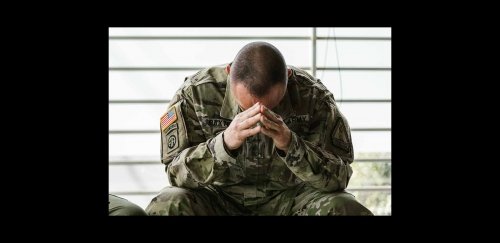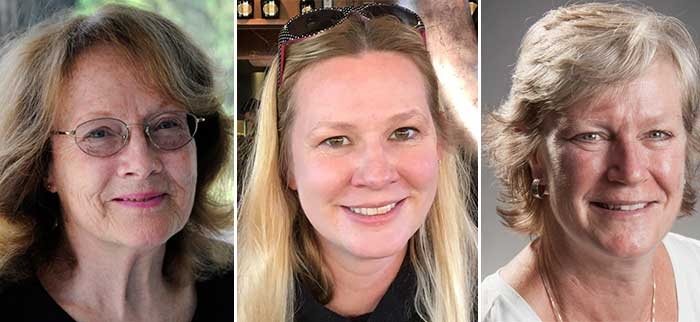When the War Comes Home: Trauma in Military Families
- News & Events
- News
- When the War Comes Home: Trauma in Military Families

About 10 percent of soldiers who fought in Iraq and Afghanistan were deployed three times or more, exposing them for longer and longer periods to the problems that affect all service members – combat-related brain injury and post-traumatic stress disorder.
“I’ve witnessed soldiers who couldn’t sit still because their bodies shook so badly from trauma, yet they were still being deployed,” said RIC Professor of Social Work E. Belle Evans, who also has a private psychotherapy practice.
Repeat combat tours have also exacted a hard toll on marriages, she said. Evans noted that the number of military divorces surpass the civilian rate and that domestic violence, child abuse, homicides and suicides in military families have increased dramatically.
To address the effects of trauma on military service members and their families, Belle Evans, along with RIC Professor of Counseling Monica Darcy and RIC Adjunct Professor and school psychologist Erica Evans (’00, M.A. ’08, C.A.G.S. ’09), developed a new graduate course titled “Military Trauma: Counseling the Military-Connected Client.” Erica Evans is daughter of Belle Evans. The three faculty members launched and team-taught this hybrid course in spring 2016.
Belle Evans noted that “there are not enough trainings and courses being offered that help prepare mental health counselors, family therapists and clinical social workers to treat the kind of trauma specific to veterans and their families.”
This course addresses the unique dynamics of military families; the effects of trauma on the brain; evidence-based treatment for trauma; and the effects of pre-deployment, deployment and post-deployment on children and adolescents. The goal is to train practitioners to better understand and effectively work with military service members and their families.

“Working with military families is like learning another culture,” explained Darcy. Counselors and social workers must understand the unique structure of military families because the military is the ultimate authority in a family, she said.
“If service members receive orders that take them away from home, their first responsibility is to carry out those orders, and the military always trumps any family commitments,” said Darcy, who is also the spouse of a veteran.
This allegiance to the military results in the creation of two families amongst service members – a military family (his or her battle buddies) and a civilian family. In the treatment of trauma, the social support of both families become very important, said Darcy.
Often families must cope with service members who return home profoundly changed by war.
Belle Evans explained that the uppermost layer of the brain – the domain of language, thinking and problem-solving – shut downs when a person is in danger, while the bottom layer of the brain reverts to a more primitive level of survival.
At this level, cortisol, the fight-or-flight hormone, is released into the bloodstream. The person feels that they only have three choices: do I fight, run or freeze?
Because the uppermost part of the brain, which organizes information, shuts down, unprocessed trauma is stored in the cells of the body. Cells actually have an intelligence and a memory called cellular memory, which is why simply remembering a past trauma “feels” as if the trauma is happening in the present moment.
Belle Evans provides students with an overview of evidence-based treatments for trauma, such as mindfulness-based therapies, grounding and breath control, cognitive-behavioral therapies, prolonged exposure therapy and EMDR (Eye Movement Desensitization and Reprocessing) and phase-oriented treatment.
Erica Evans educates practitioners about the secondary trauma experienced by children and adolescents when their parent is deployed and when s/he returns from deployment with a physical injury and/or psychological trauma.
“In active-duty families, military children will have moved an average of nine times between kindergarten and high school graduation,” said Erica Evans. “Preverbal children tend to respond to stress with increased irritability, difficulty making transitions, bouts of crying and night walking. While toddlers and preschoolers become defiant, controlling, demanding and easily frustrated. Teens may hide their feelings and become depressed or become angry and lash out, which affect both their school environment and the larger community.”
The effects of war go far beyond the deployed service member, said these educators. Trauma affects the veteran, the immediate family, the extended family and the community. Evans, Evans and Darcy would like to see more done for all.
